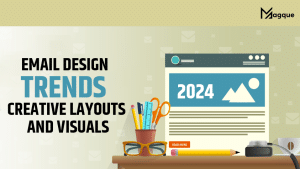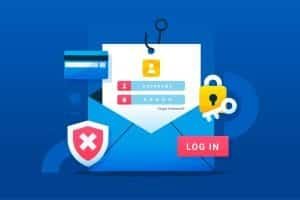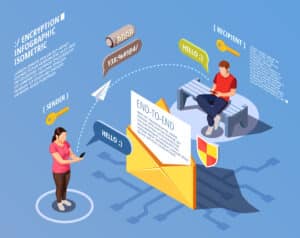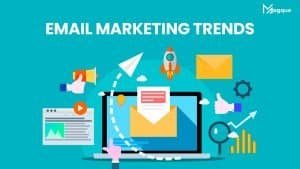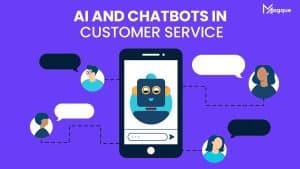Email Personalization Techniques for Marketers
Standing out is crucial for marketers in today’s digital landscape, where every inbox is bombarded with countless messages. One effective way to cut through the noise and connect with your audience is through email personalization. By tailoring your emails to your recipients’ individual preferences and behaviors, you can significantly increase engagement and drive better results for your marketing campaigns.
So, what effective email personalization techniques can marketers use to optimize their campaigns?
- Segmentation: One of the fundamental principles of email personalization is segmentation. Instead of sending the same generic message to your entire email list, segment your audience based on demographics, behaviour, and past interactions. This allows you to create more targeted and relevant content that resonates with each audience segment.
- Dynamic Content: Incorporating dynamic content into your emails allows you to customize the message based on the recipient’s preferences or past interactions. Whether recommending products based on their browsing history or personalizing the subject line with their name, dynamic content adds a personalized touch to your emails that can significantly improve engagement.
- Personalized Subject Lines: The subject line is the first thing your recipients see when they receive your email, so it’s essential to make it compelling and relevant. Personalizing the subject line with the recipient’s name or referencing their recent activity can grab their attention and increase the chances of them opening your email.
- Behavioural Triggers: Leveraging behavioural triggers allows you to send targeted emails based on specific actions or events. For example, you can send a follow-up email to users who have abandoned their carts or a special offer to those who have purchased in the past. You can deliver timely and relevant messages that drive conversions by automating these triggers.
- A/B Testing: Experimentation is critical to finding what works best for your audience. A/B testing allows you to compare different elements of your emails, such as subject lines, content, or calls-to-action, to determine which performs better. By continuously testing and optimizing your emails, you can refine your email personalization strategy and achieve better results over time.
In conclusion, email personalization is a powerful tool for marketers looking to engage their audience and drive conversions. By implementing segmentation, dynamic content, personalized subject lines, behavioural triggers, and A/B testing, you can create more relevant and impactful email campaigns that resonate with your audience and deliver measurable results.
Are you ready to take your email marketing to the next level with personalized techniques? Let’s dive in and see what a difference they can make for your brand!
Read Also:



